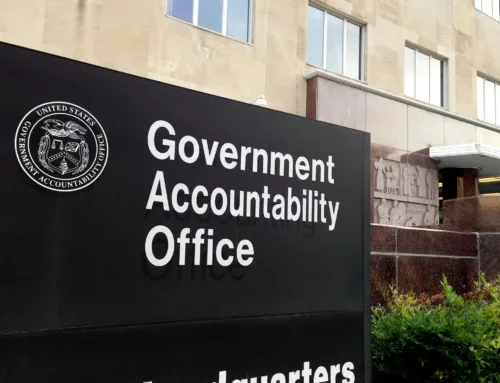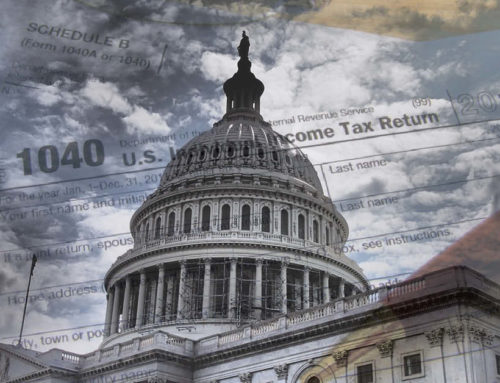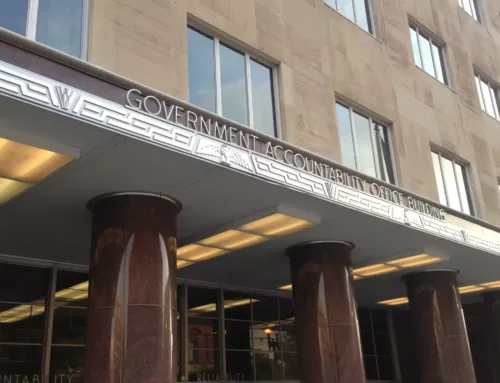The 2008 Emergency Economic Stabilization Act contains stronger oversight protections than the three-page bill Treasury Secretary Henry Paulson offered a few days ago. Watchdog entities are established, reports requested, and some information is supposed to be made available to the public electronically. But just how much power do the oversight mechanisms established by the bill have to check the substantial powers afforded the Treasury? Here’s a TCS breakdown of the sections of the bill that deal with oversight and the strengths and weaknesses of these provisions.
( PDF version of this document )
Summary: The legislation gives the Treasury Secretary wide discretion in adminstering the vehicle for buying and selling toxic investments, the Troubled Assets Relief Program (TARP). This authority includes hiring asset managers, consultants and other employees as well as entering into contracts. The section also directs the Secretary to “prevent unjust enrichment of financial institutions…by preventing the sale of a troubled asset at a higher price than what the seller paid to purchase the asset.”
Analysis: Current law already allows for bypassing certain FAR provisions in emergency or exigent circumstances, so this provision may be altogether superfluous. Moreover, the legislation does not identify the “specific provisions” in the FAR that could be waived, nor does it give examples of the kind of “urgent and compelling” circumstances that could prompt a waiver. Finally, waiving the FAR has caused problems in the past: The Resolution Trust Corporation, an independent agency created in 1989 to dispose of assets from the Savings and Loan bailout, had similar waiver authority but few standards for adequate competition and compensation for contractors. The result was untrammeled payouts to the private sector and reprimands from Congress and the Government Accountability Office.
Summary: The Secretary will “make available to the public, in electronic form,” a description, including amount and pricing, of assets obtained by the government. It will also determine whether the required public disclosure is adequate to give the public “sufficient information” to learn the “true financial position” of the institution: If not, the Secretary can impose additional disclosure requirements.
Analysis: Our only concern here is that the information be made available in a timely and easy to digest format that lay people can understand
Summary: This section lays out the amount and terms regarding how much money the Secretary will have available for the bailout. $250 billion is made available immediately; with an additional $100 billion available if the President certifies such action is necessary. After these steps, the President may request the remaining $300 billion by sending to Congress a report detailing how the Secretary will use the additional money. This may be denied if, within 15 days of the report being sent, the Congress passes a joint resolution disapproving of the request. The joint resolution would proceed on a fast track basis. In the House all points of order are waived and a motion to reconsider is not in order. In the Senate: the motion to proceed is not debatable; a motion to reconsider is not in order; 10 hours of debate equally divided.
Analysis: This is an improvement over the previous bill, which would have handed the entire $700 billion to the Treasury with very little strings attached. It’s still a lot of money with no guarantees it will fix things.
Section 116: Oversight and Audits
- progress toward its objectives, such as stabilizing financial markets, mitigating foreclosures, and protecting taxpayers
- internal controls
- price, value and terms of asset purchases and other transactions
- efficiency in using funds
- progress in preventing conflicts of interest
- contracting practices
Section 117: Study and Report on Margin Authority
Summary: “The Comptroller General shall undertake a study to determine the extent to which leverage and sudden deleveraging of financial institutions was a factor behind the current financial crisis.” This includes determining the extent of involvement the Board, Secretary, SEC and other federal agencies should have in monitoring and preventing excessive leveraging. GAO will make recommendations to Congress on the need for more oversight.
Analysis: We heartily concur with the need for a forensic audit of the crises’ origins, but as always, change depends on the incorporation of recommendations by Congress. Language requiring some follow-up legislation would strengthen this provision, and by not specifying remedies could avoid tying Congresses’ hands.
Section 119: Judicial Review and Related Matters
Summary : Exposes the Secretary to legal action if his activities are found “arbitrary, capricious, an abuse of discretion, or not in accordance with law.” An injunction sought against the Secretary is subject to expedited judicial review.
Analysis : The Secretary is subject to some legal recourse, generally limited to violations of the Constitution.
Section 121: Special Inspector General for the Troubled Asset Relief Program
Summary: This section directs the President to appoint a Special Inspector General to monitor TARP activities in the same institutional accountability vein as other inspector generals. This entails detailed descriptions and listings of TARP employees, vendor financial institutions, assets purchased, insurance contracts issued, and an estimate of profits and losses incurred. This SIGTARP (acronym ours) will report to Congress on a quarterly basis on the Treasury’s “purchases, obligations, expenditures and revenues.” The bill authorizes $50 million to get the office started.
Analysis: Establishing the office is a good move, though information collected by the IG should be made electronically available to the public, with appropriate caveats for privacy, legal proceedings, etc.
Section 125: Congressional Oversight Panel
Summary: This section establishes a panel of five members appointed by Congressional leadership to “review the current state of the financial markets.” The panel will report every 30 days to Congress on the Secretary’s use of contracting authority, impact of activities on financial markets and institutions, and the program’s effectiveness “from the standpoint of minimizing long-term costs” and “maximizing benefit” to taxpayers. The panel will also submit a report on regulatory reform by January 20, 2009, assessing the current regulatory system’s ability to oversee financial institutions and “protect consumers.”










